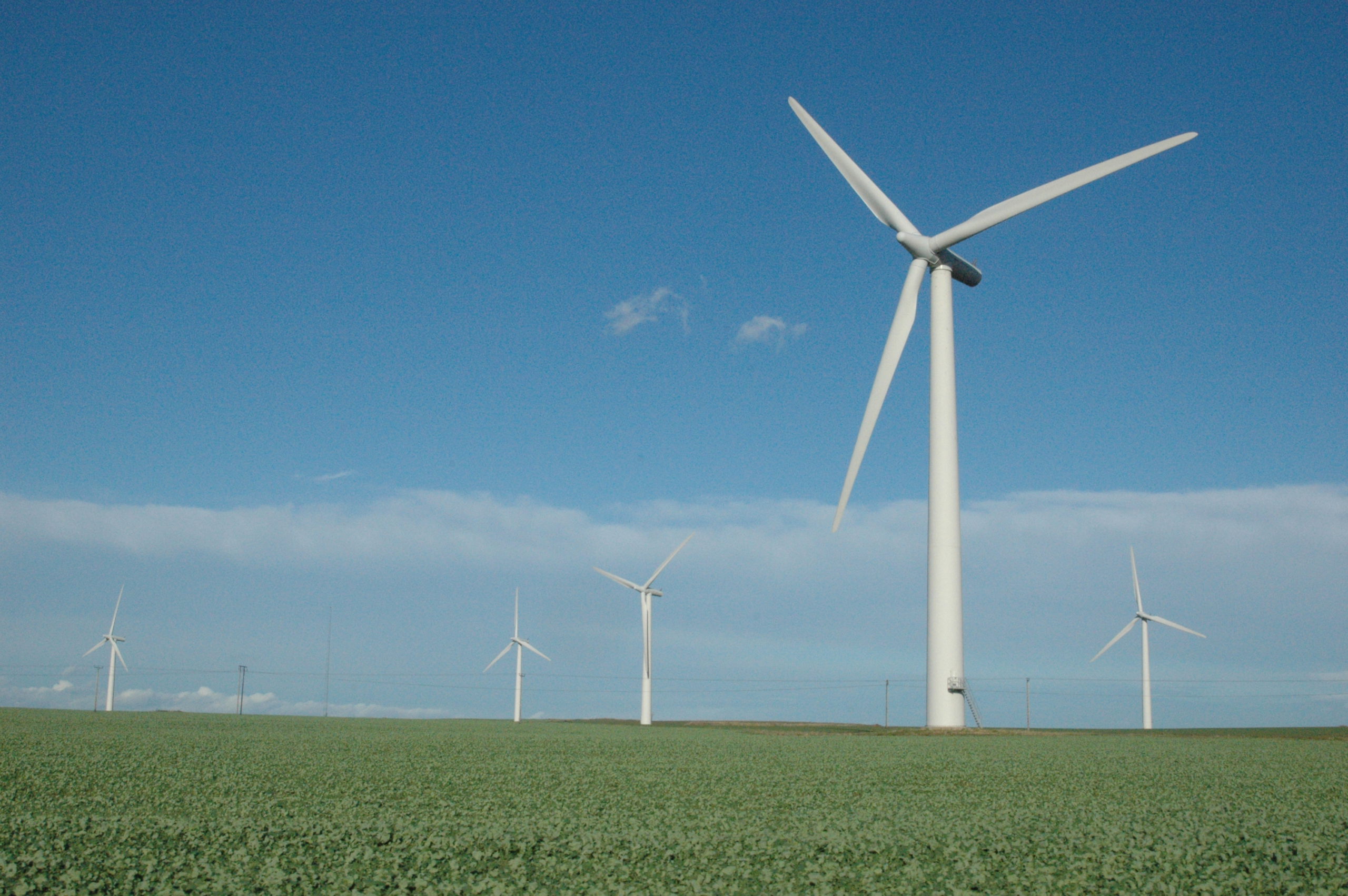A year after a devastating crash involving a Cruise robotaxi and a pedestrian, the autonomous vehicle company is cautiously returning to the streets of San Francisco. The incident, which occurred in October 2023, led to a significant pause in Cruise’s operations and a series of regulatory actions.
You might remember the shocking details of the crash: a human-driven car struck a pedestrian, throwing her into the path of an oncoming Cruise autonomous vehicle. Instead of stopping, the Cruise AV hit the pedestrian and dragged her approximately 20 feet as it pulled over to the side of the road.
The California Department of Motor Vehicles (DMV) accused Cruise of withholding critical information about the crash, including the vehicle’s role in dragging the victim. Techcrunch reports that as a result, Cruise’s passenger transport permit was indefinitely suspended, and the company was slapped with a $112,500 fine by the California Public Utilities Commission (CPUC).
The incident also triggered significant leadership changes at Cruise. Co-founder and CEO Kyle Vogt was ousted, and General Motors installed new leadership to steer the company through the crisis. Cruise also underwent a painful restructuring, laying off about 20% of its workforce.
Now, as Cruise cautiously resumes operations in Sunnyvale and Mountain View, it’s taking a phased approach. Initially, “several” human-driven vehicles will be deployed for mapping tasks, paving the way for supervised AV testing with up to five robotaxis later this fall.
“Resuming testing in the Bay Area is an important step forward as we continue to work closely with California regulators and local stakeholders,” the company said in a social media post according to DetroitNews. “This will allow our local employees to engage directly with our product as they refine and improve our tech through R&D.”
To address the safety concerns highlighted by the crash, Cruise has implemented several software updates, including a voluntary recall to update its Collision Detection Subsystem. The goal is to ensure that vehicles remain stationary when pulling over isn’t the appropriate response, such as when a pedestrian is on the ground in the vehicle’s path.
Despite the setbacks, Cruise is forging ahead with partnerships and expansion plans. The company has announced a multi-year deal with Uber to integrate its robotaxis into the Uber platform by 2025, following in the footsteps of rival Waymo. Cruise has also resumed testing its AVs in other cities, including Phoenix and Dallas, while scrapping plans for a dedicated autonomous shuttle called the Origin.
The road to rebuilding public trust will be long and challenging for Cruise. While data shows that AVs have lower accident rates compared to human-driven vehicles, the October 2023 incident cast a long shadow over the industry. Cruise is focusing on refining its technology through research and development, collaborating closely with regulators and local stakeholders to address safety concerns.
The financial impact of the incident has been significant for Cruise and its parent company, General Motors. Cruise had to pause its driverless operations and recall all 950 of its vehicles for software updates, putting GM’s ambitious goal of achieving $1 billion in annual revenue from Cruise by 2025 in jeopardy. In 2023, Cruise generated just $106 million in revenue, a figure that needs to grow substantially to meet projected targets.
GM, however, remains committed to Cruise’s future, as evidenced by its recent $850 million investment to support the company’s recovery and future plans. As Cruise navigates this challenging period, the autonomous vehicle industry will be watching closely, eager to learn from its missteps and successes.





























